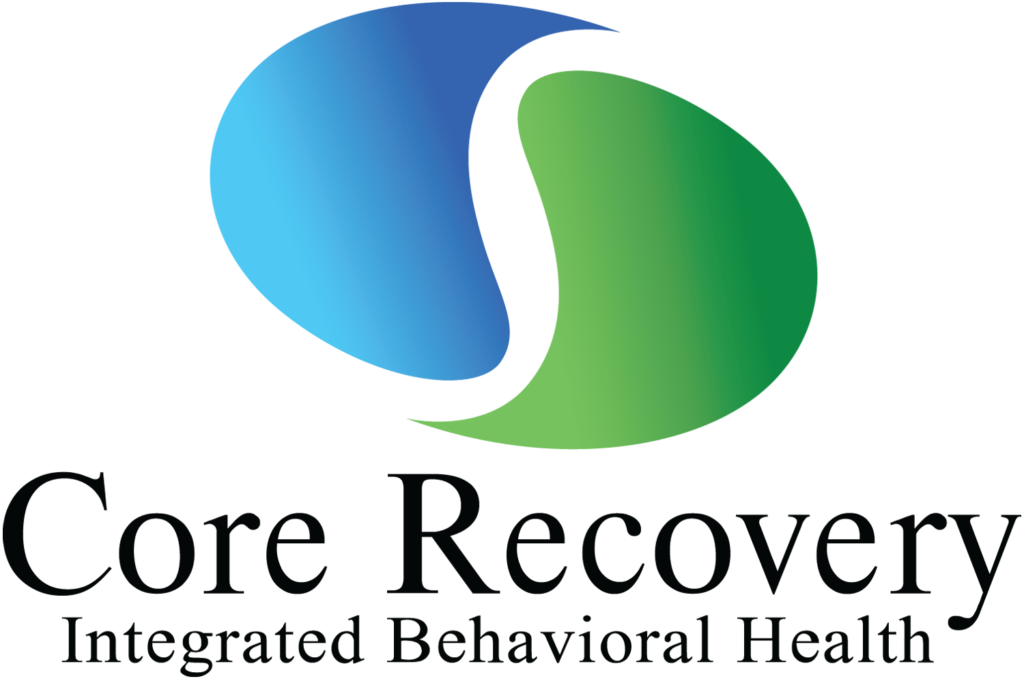In the realm of mental health and emotional healing, the journey to wellness often involves confronting and processing trauma. Whether it stems from childhood experiences, adverse events in adulthood, or even historical generational wounds, trauma can manifest in various forms, shaping our perceptions, behaviors, and overall well-being. However, amidst the complexity of trauma recovery, there exists a transformative approach that has been gaining recognition for its efficacy in facilitating healing: Eye Movement Desensitization and Reprocessing (EMDR).
In this blog post, we delve into the profound impact of EMDR therapy as a powerful tool for mental wellness. We explore how this innovative therapeutic technique harnesses the innate capacity of the mind to heal from traumatic experiences, offering hope and restoration to individuals navigating the aftermath of distressing events. From understanding the principles underlying EMDR to witnessing its remarkable outcomes in clinical practice, we unravel the mysteries surrounding this modality and its potential to catalyze profound transformation in the lives of trauma survivors. Join us on this enlightening journey as we uncover the essence of transforming trauma through the therapeutic power of EMDR.
Breaking Free from PTSD: EMDR Therapy as a Lifeline for Mental Health
Post-Traumatic Stress Disorder (PTSD) is a debilitating condition that can haunt individuals long after experiencing traumatic events. Its symptoms, ranging from flashbacks and nightmares to hypervigilance and emotional numbness, can profoundly disrupt daily life and impede one’s ability to find peace. However, amidst the darkness of PTSD, there exists a beacon of hope: Eye Movement Desensitization and Reprocessing (EMDR) therapy.
- Understanding PTSD and Its Impact: Before delving into the transformative power of EMDR therapy, it’s essential to grasp the weight of PTSD on those who suffer from it. PTSD can arise from a variety of traumatic experiences, including combat, sexual assault, natural disasters, and accidents. Its grip on the mind can be relentless, inflicting emotional anguish and impairing interpersonal relationships, work performance, and overall quality of life.
- The Evolution of EMDR Therapy: EMDR therapy emerged in the late 1980s, pioneered by psychologist Francine Shapiro. Initially met with skepticism, EMDR has since gained recognition as a highly effective treatment for PTSD and other trauma-related disorders. Unlike traditional talk therapy, which focuses on conscious thoughts and emotions, EMDR delves into the subconscious mind, targeting traumatic memories at their roots.
- How EMDR Therapy Works: At the core of EMDR therapy is bilateral stimulation, which can take the form of eye movements, hand taps, or auditory tones. This bilateral stimulation activates both hemispheres of the brain, facilitating the processing of traumatic memories. Through a series of structured sessions, individuals engage in guided eye movements or other forms of bilateral stimulation while recalling distressing memories. Over time, these memories lose their emotional charge, allowing individuals to reframe their experiences and integrate them into their personal narrative in a healthier way.
- The Transformative Impact of EMDR: For those grappling with PTSD, EMDR therapy offers a lifeline to mental health. Studies have shown that EMDR can significantly reduce PTSD symptoms, including intrusive thoughts, avoidance behaviors, and hyperarousal. By processing traumatic memories and desensitizing associated triggers, individuals can reclaim control over their lives and rediscover a sense of safety and empowerment.
- Personal Stories of Triumph: The true testament to EMDR’s efficacy lies in the stories of those who have experienced its transformative power firsthand. From veterans haunted by wartime traumas to survivors of assault and abuse, countless individuals have found solace and healing through EMDR therapy. By confronting their past traumas in a safe and supportive environment, they have emerged stronger, more resilient, and better equipped to navigate life’s challenges.
The Role of EMDR in Complex Trauma Recovery: Navigating the Path to Healing
Complex trauma, often stemming from prolonged and repeated exposure to traumatic events, can have profound and lasting effects on an individual’s mental, emotional, and physical well-being. Traditional therapeutic approaches may struggle to address the multifaceted nature of complex trauma. However, Eye Movement Desensitization and Reprocessing (EMDR) therapy has emerged as a promising modality for navigating the intricate path to healing in cases of complex trauma. In this exploration, we’ll delve into the unique role of EMDR in complex trauma recovery, highlighting its effectiveness and therapeutic nuances.
Understanding Complex Trauma
Complex trauma typically involves exposure to multiple traumatic events over an extended period, often occurring within interpersonal relationships or environments characterized by chronic adversity. Examples include childhood abuse, neglect, domestic violence, and ongoing community violence. Unlike single-incident traumas, complex trauma can disrupt every aspect of an individual’s life, leading to pervasive emotional dysregulation, interpersonal difficulties, and fragmented sense of self.
The Challenges of Complex Trauma Recovery
Addressing complex trauma requires a nuanced and integrative approach that acknowledges the interconnectedness of traumatic experiences and their impact on various aspects of the individual’s life. Conventional treatment modalities may fall short in providing comprehensive healing for complex trauma survivors, as they may overlook the intricate layers of trauma and fail to adequately address underlying issues such as attachment disruptions, identity disturbance, and pervasive feelings of shame and guilt.
The Unique Role of EMDR in Complex Trauma Recovery
EMDR therapy offers a structured and adaptive approach to trauma processing that is well-suited to the complexities of complex trauma. By targeting specific traumatic memories and associated beliefs, emotions, and sensations, EMDR facilitates the reprocessing and integration of fragmented experiences, allowing individuals to make sense of their past and reclaim a coherent sense of self. Additionally, EMDR’s emphasis on bilateral stimulation can help regulate arousal levels and promote emotional regulation, which are often compromised in individuals with complex trauma.
Adapting EMDR for Complex Trauma
While the standard eight-phase protocol of EMDR therapy remains applicable in complex trauma recovery, therapists may need to adapt their approach to meet the unique needs of each individual. This may involve prioritizing safety and stabilization, addressing attachment-related issues, and integrating complementary modalities such as somatic experiencing, dialectical behavior therapy (DBT), and sensorimotor psychotherapy. Flexibility and collaboration between the therapist and the client are key in navigating the complexities of complex trauma recovery with EMDR.
Case Studies and Success Stories:
Illustrative case studies and success stories can shed light on the transformative potential of EMDR therapy in complex trauma recovery. These narratives highlight the journey of individuals who have navigated the path from fragmentation to integration, reclaiming agency, resilience, and a sense of wholeness along the way. By sharing these stories, we honor the courage and resilience of survivors while inspiring hope for those embarking on their own healing journey.
Conclusion
At Core Recovery, we specialize in harnessing the transformative power of Eye Movement Desensitization and Reprocessing (EMDR) therapy to promote mental wellness and healing. With our compassionate and experienced therapists, we guide individuals through their journey of trauma recovery, offering a safe and supportive environment for healing and growth. Through personalized EMDR sessions, we empower our clients to transform their trauma into sources of strength and resilience, allowing them to reclaim control over their lives and embark on a path toward holistic well-being. Contact us today to begin your journey of healing with Core Recovery.







 In CA By O360®
In CA By O360®